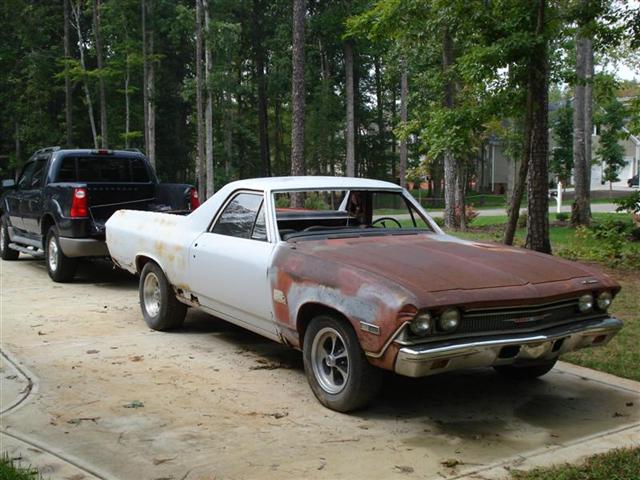Engine Swap Basics
Article by Mark Trotta
There are three main reasons for fitting a motor into a car that it was not originally designed for. The most common is performance. The majority of engine swaps is simply to get more power.
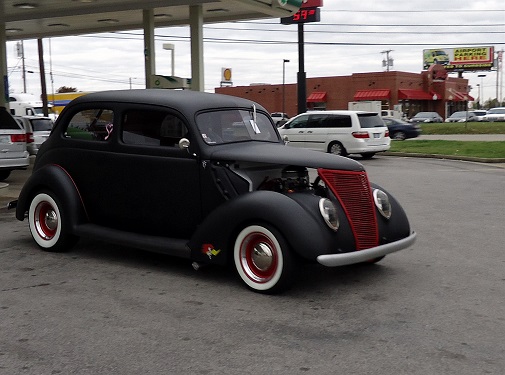
Another reason for a motor swap is practicality. If you have a worn-out engine that's obsolete or you can no longer get parts for, a more modern replacement is often the more economical path.
____________________________________________
____________________________________________
A third reason for a motor swap is convenience. Rather than hassle with rebuilding an old engine, replace it with a motor that's already running or rebuilt. The availability of today's crate motors make them a very popular engine swap solution.
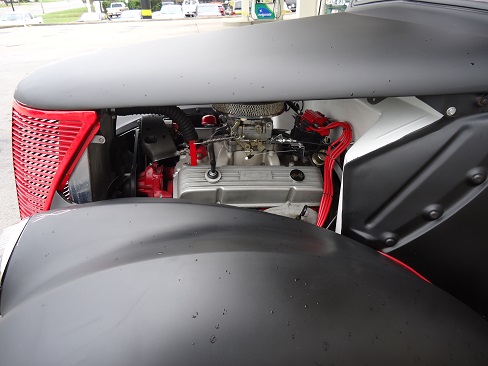
Regardless of the reason, all engine swaps require time, thought, and effort. And it will be more time, thought, and effort than you thought it would be. But the good news is that whatever you're thinking of, it's probably already been done, so they'll be resources to guide you through to completion.
Installing The Motor Is Only The Beginning
Modifying a car to fit another engine, or modifying an engine to fit another car, is only the first step in the engine swap process. Once the motor's installed, it begins a series of "mini projects". The transmission, cooling, and wiring all need to be hooked up and functioning properly. You may also want to upgrade the brakes and suspension.
____________________________________________
____________________________________________
Can I Buy A Complete Engine Swap Kit?
There are companies that specialize in making engine swap parts for specific makes and models. However, because there are so many variables, an engine swap kit is never 100% inclusive. It'll be up to you to work out all the small details.
Swapping An Engine For Performance
Some might say that physical size is the only obstacle, but that's only true if you want or need to contain the motor under a hood. If you're building a hot rod, the sky is your only limit. In all other vehicles, however, physical dimensions of the engine must be considered.
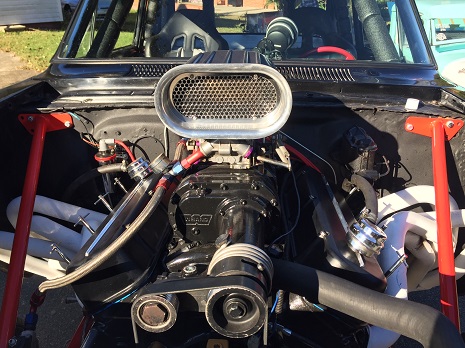
Transmission
Very often, a replacement bell housing or adaptor plate solves the problem of mating a transmission to a dissimilar motor. There are also hybrid torque converters to help with common engine swaps.
Keep in mind that drivetrain components were engineered to withstand a certain amount of engine torque. If you're adding more power, consider swapping the transmission, drive shaft, and rear axle as well.
____________________________________________
____________________________________________
Cooling System
Modern engines run hotter than engines that were manufactured half a century ago. Adding substantially more horsepower will require more cooling, which means a larger radiator. Several companies offer conversion radiators for common motor swaps.
Electric fans help when space is an issue, but they are not always the best choice. In good condition, a factory fan and fan clutch work surprisingly well. If you decide to go this route, remember that a fan shroud plays a major role in engine cooling.
Wiring
Custom wiring a car poses many challenges. Unless you have first-hand knowledge and working experience with amperage requirements, fuses, relays, and wire gauge thickness, keep your engine swap conservative. Example; replace a carburetor motor with another carburetor motor.
Upgrading Brakes
If your engine swap is giving you significantly more engine power, shouldn't you have significantly more braking power ?
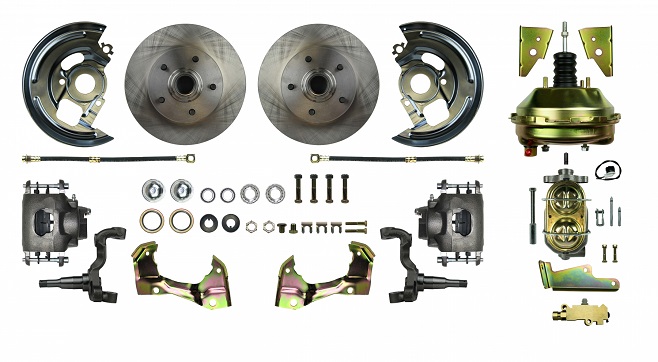
Accessories
Consider how your engine accessories will hook up and run on the new motor. These include the alternator, water pump and power steering pump. Depending on how serious you are about performance, this may also include an air conditioning compressor.
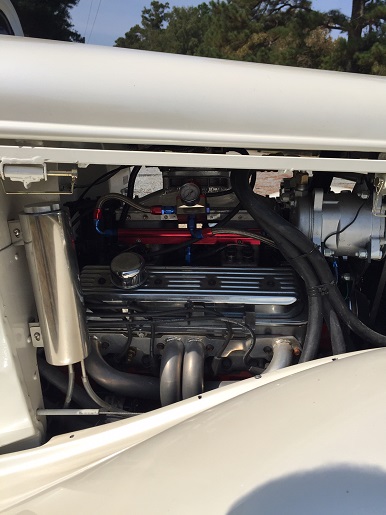
Emissions And Exhaust Systems
If you're working on a 1974 or newer American vehicle, some thought must be given to the exhaust system. This will most likely include emissions-related parts such as an air pump, catalytic converter, and oxygen sensors.
____________________________________________
____________________________________________
Thirty years ago, hot rodders were tearing air pumps off motors as quickly as they could, believing they were unleashing lost horsepower in the process. We now know that air pumps draw minimal power to operate, and can actually make an engine run better.
Read: Understanding Automotive Emission Components
Read: Add Oxygen Sensor To Old Car
Tools And Equipment Needed
Basic hand tools are needed, including ratchets and sockets, hammers, screwdrivers, pliers, and wrenches. If you have a garage air compressor, an air gun can be a big time saver.
Engine Hoist
You'll need an engine hoist twice; once to remove, and once to install. Inquire at a local auto parts store or an equipment rental store. Generally they offer two-day rentals, but you must leave a deposit, usually with a credit card.
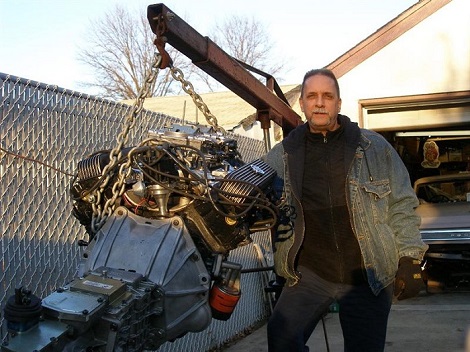
Ray Guarino, co-host of MotorMouth Radio
Crate Engines (Short Block vs Long Block)
If you don't want to rebuild your old motor, there are numerous crate engines on the market. A short-block will include a pre-assembled block with connecting rods, pistons and crankshaft. A long-block gives you all a short-block does, plus cylinder heads, valvetrain, and engine tin, which usually includes a timing chain cover, valve cover(s), and oil pan.
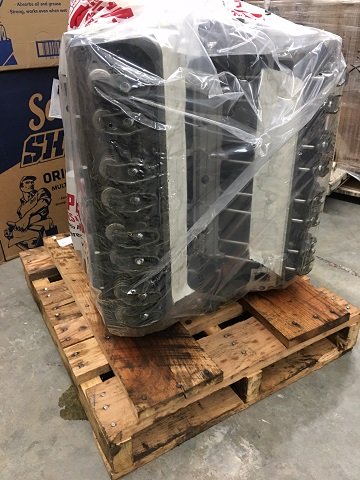
Most crate motors do not include manifolds, accessories, and wiring harnesses.
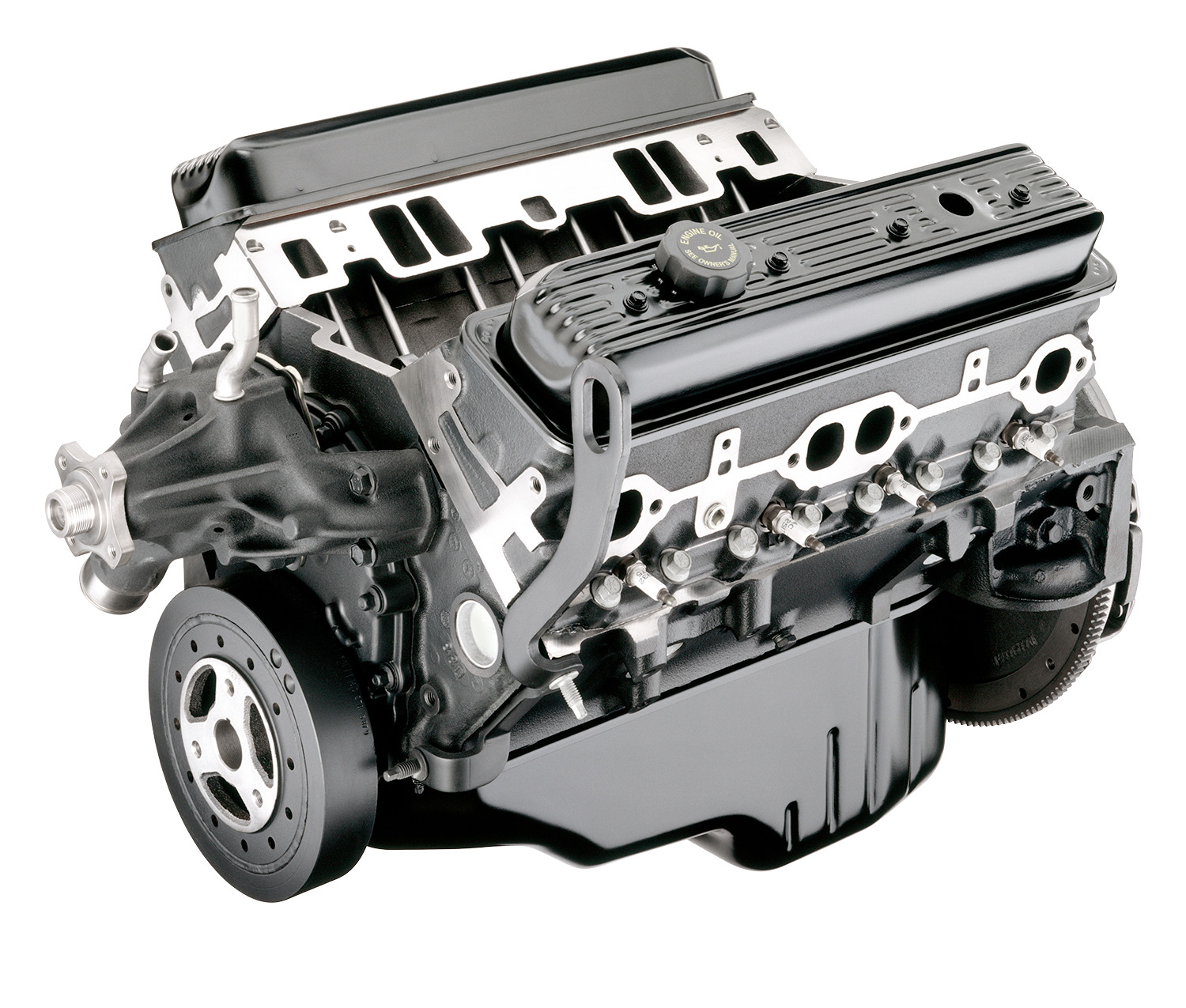
Engine Swap Real Cost
One rule that applies to all engine swaps--you will always spend more money than you thoght you would. This is the phenomena known as the "nickel and dime" effect.
You may find yourself needing to have a custom power steering hose made, or fabricating a transmission shifter linkage that is not available. Perhaps the universal throttle cable you bought isn't universal enough. These are just a few examples, and things like these add up quick.
*************************
Engine Swapping Tips
Before you remove your car's hood, mark where the bolt-holes are on the hood hinges. This will save a lot of time and potential scratches when reinstalling.
____________________________________________
____________________________________________
Keep the hood safe and out of the way. If you're going to put it on the roof of the car while swapping motors, put a tarp or heavy blanket down first.
Loosen high-torque bolts while the engine is still attached to the frame.
During the engine disassembly process (or right after), clean and tag all removed parts. Take pictures of everything so you can reference where things originally went. Put parts in marked boxes and set them aside out of the way, like in the trunk or back seat.
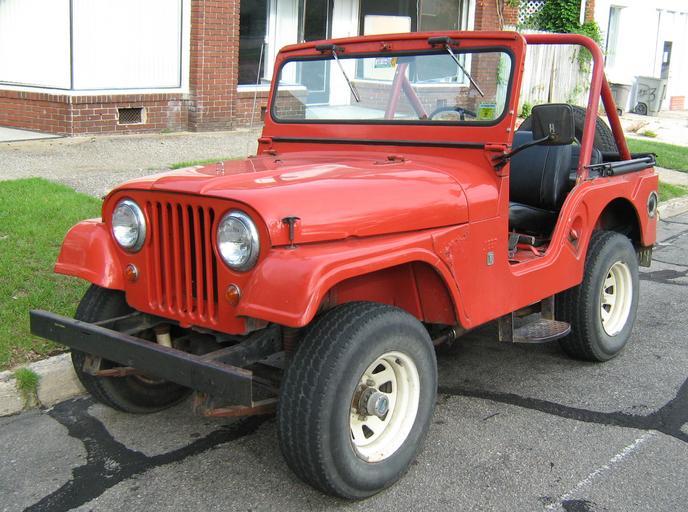
Read: CJ5 Engine Swap Choices
Cautions
Swapping motors on a street-driven vehicle will not only effect's it's performance and handling, but also it's safety and reliability.
NOTE: It may not be emissions legal to run an old engine in a later-model vehicle in your state/province.
*************************
Related Articles:
Best Oil for Classic Cars
Tools Needed For An Engine Build
Garage Air Compressor Review
